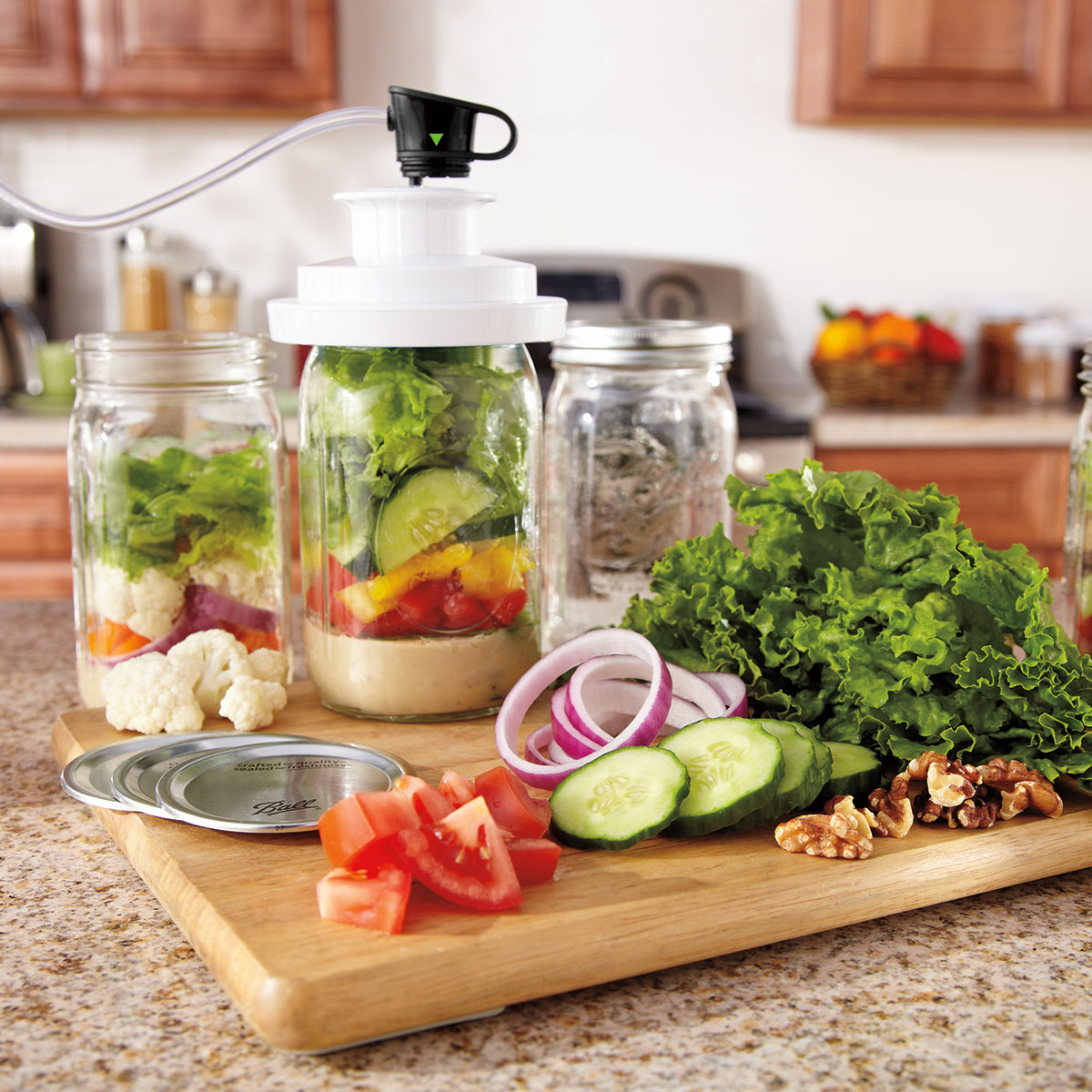Good morning, Hugh,
I enjoyed and learned a little more from Sarah Latimer’s post. I’m interested in the method used to create a vacuum in the canning jars when dry canning. We have arrived at the same place you have– to use glass jars. We have canned many jars of dehydrated apples and other items by heating the jars in an oven to 300 degrees and sterilizing the lids, filling the jars with the contents, and tightening the lids quickly. This has worked well 95% of the time. We have heard of various devices to place a vacuum on jars, but it only does one jar. What method are you using?
When buying grain from feed stores to be used for human consumption, I have used the following method to greatly reduce bug issues:
- Buy freshly harvested and bagged grain. From the farmer I spoke with, he would cycle his grain from the bottom of his grain bin back to the top. This is done using a powerful blower using air. This keeps the bugs down and blows out eggs. This is why you don’t want bags that have been “sitting” for a while.
- IMMEDIATELY, when you arrive home with the newly purchased grain, you need to winnow it again. You do this with a fan set on the highest speed. Get outdoors, because there will be a mess. I like to use a 5- or 6-gallon white buckets, so I can see the “bugs” that might be present. I use a small scoop or coffee can and slowly pour the grain into the bucket in the air flow in front of the fan. It will take a little practice to get this right. I let the contents fall about three feet from the scoop to the bottom of the bucket. As the grain passes through the air flow, some of the bugs will be blown away and land on the floor. The ones that hang on tight will let go when they “bounce” off the bottom of the bucket. (Imagine being in a car that was dropped 10 feet. You would get out also.) Watch the inside of the bucket to see if any bugs are crawling up the inside. If there are, repeat the process. If the grain is fresh, there should be very few bugs. (I bought some wheat from a feed store in December that I know was harvested the previous July. There well over 1,000 bugs in a 50 pound bag.)
- Immediately package and seal the grain in the storage container of your choice. We have used plastic buckets and diatomaceous earth, and we have placed the grain in mylar bags with oxygen absorbers and heat sealed. The point of doing this is there will still be some eggs remaining that will hatch and re-infest the grain over time. – M.E.R.
Hugh’s Comments: The vacuum sealer that we use is not original to me. I’ve asked the SurvivalBlog reader whom I obtained the idea from to write an article on it for us, and he has agreed to do that. Hopefully that will be coming soon. In the mean time, we simply use a Tilla FoodSaver Wide-Mouth Jar Sealer with an industrial vacuum pump. The pump is located in the laundry room (near the kitchen) and the vacuum line runs into the attic and then down into the kitchen near a set of cabinets. There is a remote power switch and a valve mounted underneath the upper cabinet. When it’s time to seal jars, the pump is turned on and the vacuum controlled with the line valve. We hook up a jar, turn the valve on, and wait about 30 seconds while the air is evacuated. The valve is then turned off and the jar removed and replaced with another, if necessary. Only dry bulk food is stored this way. All wet processed foods go through the normal canning process.
When canning dehydrated, freeze dried, and dry bulk foods, there is no moisture to support the growth of bacteria, so the shelf life is determined by the quality of the food. Oxygen is the killer in this case, and creating at least 20 inches of Hg vacuum removes the greatest portion of that oxygen, thereby keeping the food fresh longer. The Tilla FoodSaver itself will pull about 24.2 inches Hg and was the best commonly available vacuum pump we used. Unfortunately, it wasn’t very fast or durable. It eventually died under the heavy use we put it through. I purchased a laboratory grade, dual diaphragm vacuum pump off of E-bay (used) that was rated for a 100% duty cycle and will pull a vacuum of better than 28.9 inches Hg, and I have been happy ever since (especially since it is mounted out of sight). We also keep a Pump-n-Seal handy, if we have to draw a vacuum by hand. It will connect to the same Jar Sealer or you can use its own system. The Pump-n-Seal is a bit of work though, if you have alot of jars.
Caution: You cannot use this method to store foods that have moisture in them. Clostridium Botulinum prefers a low oxygen environment and thus may thrive in a vacuum sealed jar. The heat from the normal canning process is what safeguards this food. Only dry food items can be safely stored with a vacuum system.










